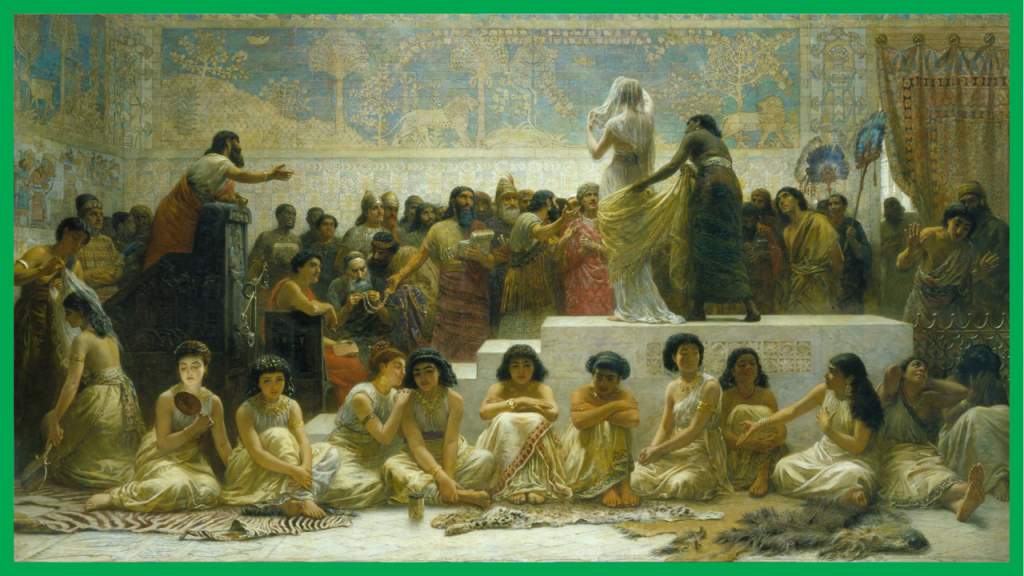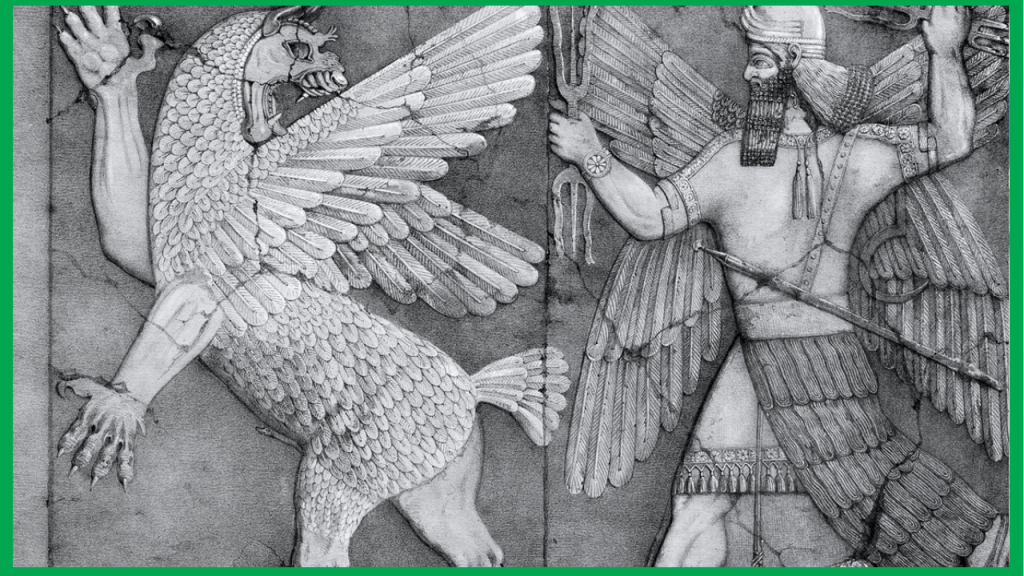Straddling the banks of the mighty Euphrates River in Lower Mesopotamia, the city of Babylon rose to its early glory during the reign of King Hammurabi (1792–1750 B.C.). Under his leadership, Babylon transformed into a bustling, multicultural capital—an empire’s beating heart that attracted migrants, merchants, artisans, and priests from across the region. While the Babylonian Empire had been gaining strength since 1894 B.C., Hammurabi’s conquests of far-flung cities like Ur, Eshnunna, Nineveh, and Assur brought unprecedented expansion and prosperity. The capital city flourished—not just in size and military power, but in culture, law, commerce, and daily life.
Home and Family in Babylon
Thanks to thousands of surviving cuneiform tablets—contracts, court records, personal letters, and royal decrees—we have vivid insights into Babylonian daily life. These clay records, written nearly 4,000 years ago, reveal that ancient Babylon wasn’t as distant or alien as we might imagine.
At the heart of Babylonian society was the family. Homes were built around central courtyards and typically had two or three rooms, though wealthier families enjoyed added luxuries like private bathrooms, storage vaults with metal security bars, and household shrines. While monogamy was the norm, polygamy was legally permitted under certain conditions—such as infertility or prolonged absence of a spouse. Marriage contracts, called rikistu, could be written like business agreements, detailing dowries and responsibilities.

However, marriage wasn’t a life sentence. Divorce was an accepted part of life, and even engagements could be formally broken. One dramatic legal record from the 18th century B.C. documents a man, Aham-nirši, publicly ending his betrothal in dramatic fashion: “You can hang me on a peg, yea dismember me—I will not stay married to her!”
Children, Adoption, and Heirs
Babylonian society placed enormous value on having children, especially to carry on the family line and ensure proper funeral rites. If biological children weren’t possible, couples could adopt—whether babies, older children, or even teenagers. Adoption created legal ties akin to blood relations. One record tells of a couple adopting an infant named Ili-awili, legally severing him from his birth parents and welcoming him as their own.
Adoptions often served both emotional and practical purposes. Children could become heirs, caregivers, or apprentices. In one striking contract, a father agrees to give his son to a weaver named Tirwiya for adoption and training, stipulating that if the boy isn’t taught the trade, the father can reclaim him.
Work, Craft, and Commerce
Many Babylonian boys followed in their father’s professional footsteps. Trades such as scribing, priesthood, and craftsmanship often passed from generation to generation. Some apprenticeships were formalized by contract, as in the case of adopted children learning a skill. During Hammurabi’s time, many artisans began to work independently, unlike in earlier Sumerian periods where craftsmen were usually tied to temples or palaces.

Clay tablets describe deliveries of grain and goods, recording transactions with bakers, blacksmiths, gardeners, and builders. Women, children, and enslaved workers were central to Babylon’s booming textile trade, producing woven goods that merchants carried along long-established trade routes across Mesopotamia.
Law and Justice
Babylon’s strength lay not just in its economy or military, but in its governance. King Hammurabi’s famous code—282 laws chiseled into stone—provided structure to a rapidly expanding empire. It detailed everything from theft and property disputes to marriage, divorce, and workers’ wages.
Judges, known for their deep understanding of the law, presided over a wide range of civil and criminal cases. Trials didn’t involve lawyers; citizens spoke for themselves. The more judges present at a trial, the greater the perceived legitimacy. In serious cases, the king himself could preside. One legal record recounts how King Hammurabi personally ruled in a property dispute involving a woman named Sumu-la-ilu.
Music, Games, and Celebration
Life in Babylon wasn’t all work and law. The Babylonians knew how to celebrate. Music filled the streets—flutes, drums, and lyres accompanied dancers and singers. Entertainers ranged from acrobats and snake charmers to bear handlers. Games were popular too—especially those involving dice made from animal bones, sometimes used for gambling or even divination.
Religious festivals were central to public life. The grandest was the Akitu, the New Year festival dedicated to Marduk, Babylon’s chief god. This multi-day celebration blended spiritual rituals, theatrical reenactments, and processions, bringing together citizens of all classes in shared reverence and festivity. It symbolized harmony between gods and mortals, king and people, heaven and earth.
From its advanced legal codes to its vibrant family life and festive culture, Babylon stood as a beacon of civilization. Though nearly four millennia have passed, the rhythms of ancient Babylon—its dreams, dramas, and domestic lives—still echo across time, reminding us how deeply human their world truly was.



